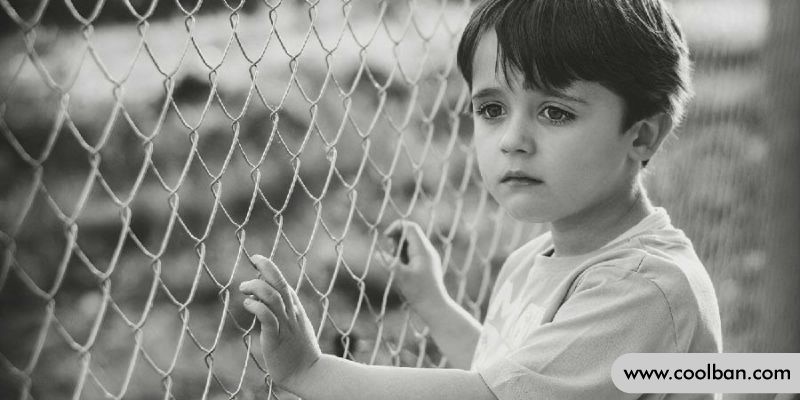7 Ways to Tell If Your Child Has Autism
Children are always the center of attention at home, and parents can’t wait to give their children the best in the world. The health of the child is also a focus for parents. If the child is sick, the parents will be very anxious. Some parents will unconsciously associate with autism once they find that their child has abnormal behavior, but there are also many parents who can't find it in time. So how can you tell if your child has autism? Parents can use this article to understand the characteristics of autism and learn how to judge autism, so as to judge whether the child is autistic.

Judgment method 1: Parallax
Children with autism generally have one characteristic: parallax. But there are two special cases: one is that some children may have good eyesight before the age of one and a half, but they lose their eyesight when the logical thinking is awakened; the other is that some parents directly hold the child to observe his eyes, this behavior itself It's wrong, because adults who look at each other at close range will also avoid eyes, so to observe eyes, you need to maintain an appropriate distance.
Judgment method 2: No response when calling the name
This brother's judgment method is to call the child's name and issue an instruction when the child does something, and observe whether the child will look up and respond. It should be noted that the test cannot be performed when the child is focusing on another thing. You must also give instructions. The child may not care if you just call the name. Many parents just repeat it and think that the name should not be the name. This is wrong .
Judgment method three: will not seek help
There is also when the child does not open the door when the door is opened, you can observe whether he returns to ask for help. If you directly pick up the parent's hand and try to open it, this is the problem of joint concern. When the child wants to open the door, he can't imagine that someone opened the door for him, so he takes the parent's hand to open it, and at the same time does not have eyes with the parent. interaction with action.

Judgment method four: property rights are unclear
This method is used when children play with toys, when they see toys, they play and have them. Because of the lack of shared attention, children with autistic traits are so focused on toys that they are unaware of their owners. Likewise, when a child with autistic traits is playing with toys, other children's children will take the toys in front of him (not the ones they are playing with) and will not protect them.
Judgment method five: inappropriate behavior
In addition, children with autism may bark, laugh or talk to themselves inappropriately. Because it is easy for them to suddenly think of a previous scene, and then fall into high concentration, not caring about other people's eyes. Among them, self-talk is echo language. If you listen carefully, the content of self-talk is often a scene from the past, which may be related to the difference of mirror neurons.

Judgment method six: lack of interest in people
Children with autism traits tend to focus more on their favorite toys, food, and other items that meet basic needs, rather than on the people and things around them. Children's unwillingness to point to things, share, and show off is a lack of interest in people, so whether children have frequent sharing and show-off behaviors is used to judge their willingness to interact with people.
Judgment method seven: stereotyped behavior
One of the most representative symptoms of autism, the more typical stereotypes are: walking in circles, observing hands, observing tires, watching electric fans, pulling sliding doors, washing hands repeatedly, stepping on manhole covers to see sewers, taking elevators back and forth, walking fixed Routes etc. have repetitive behavior. When children exhibit stereotyped behaviors, they are often accompanied by high levels of concentration, and thus fall into a state of immersion that can last for a long time without intervention. Parents can use these methods to determine whether their children have autism or not.
